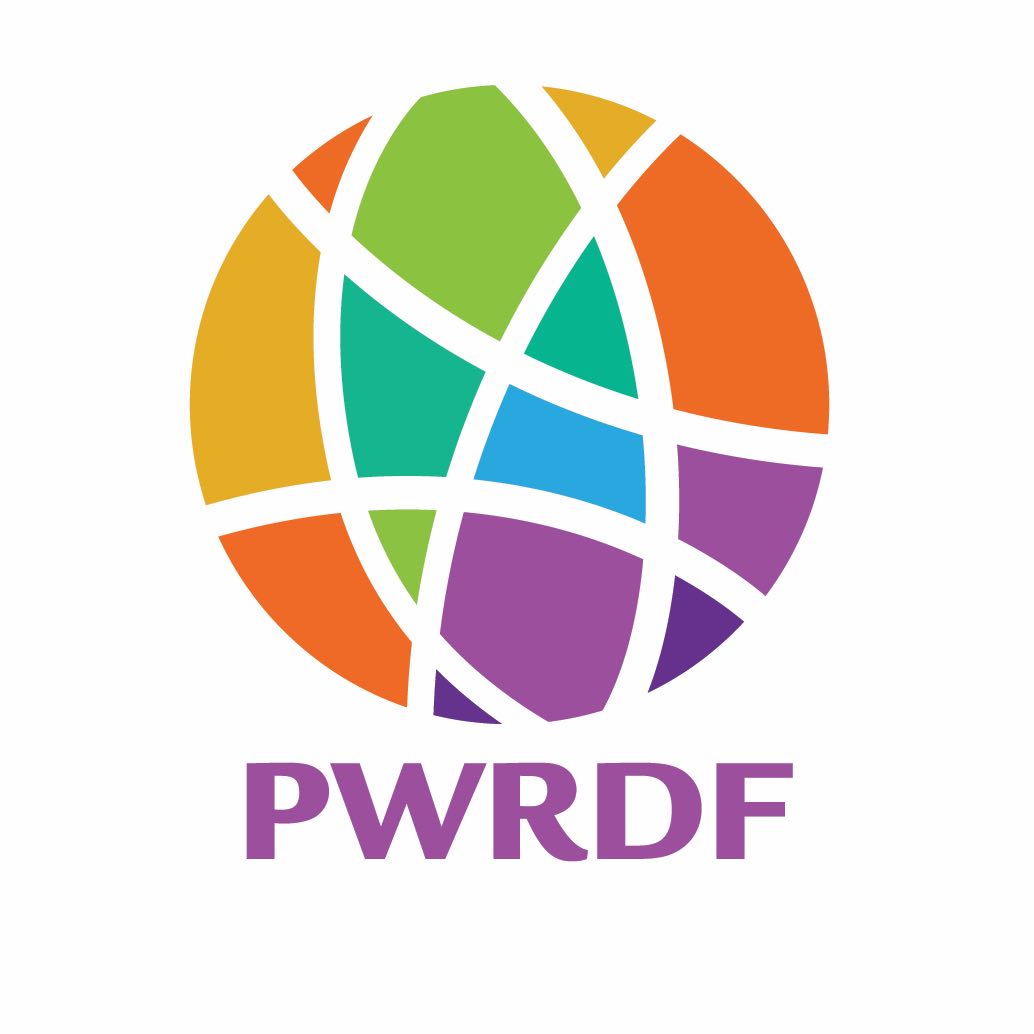It’s a pleasure for me to be sharing PWRDF’s news in this, my first column as Diocesan Representative for Eastern Newfoundland and Labrador. The Primate’s Fund has just recently published the latest issue in its long-running children’s series, Super Friends. Welcome Super Friends 10!
Hard copies of this colourful and engaging resource can be ordered by parishes with their annual PWRDF resource order, or can be downloaded at pwrdf.org/get-involved/resources/children-and-youth/. The creators of the resource recommend it for children aged 7-9, but it easily lends itself to use with older children, youth, and adults. Suggested contexts include “children’s time” within morning worship, Sunday School, Vacation Bible School, or intergenerational settings. The resource would also be an excellent component or add-on to confirmation preparation, linking the baptismal covenant with issues in the lives of Canadian children and “friends” around the world today. Not only do readers learn how PWRDF responds to the issues identified, but they are also encouraged to consider how they can themselves respond, in their own lives or by supporting others.
In addition to the wealth of information in the print or downloadable edition, the resource can be considerably expanded by following links to further learning in the form of documents, videos, and websites.
Continuing a practice begun with Super Friends 9, this issue links its theme, “Peace Builders,” to one of the United Nations’ Sustainable Development Goals; in this case, Goal 16: Peace, Justice, and Strong Institutions. Among the links included are a child-friendly page on the United Nations’ website, a virtual trip to the Canadian Museum of Human Rights in Winnipeg, and instructions for making origami peace doves.
The magazine profiles young peace activists like Malala Yousafzai, challenges children to imagine what peace looks like to them, and recommends movies, shows and books that explore the themes of peace and conflict. There are also puzzles and a colouring activity to complete.
Super Friends 10 also considers the importance of listening, to both spoken words and body language, especially in times of conflict. Children are invited to identify their feelings by colouring them with the help of the Blobs, a collection of simple people-like shapes that demonstrate various emotions through stance, facial expressions or other body language. The exercise allows children to wonder about and acknowledge their own emotions in several hypothetical situations without having to name them aloud. It is a powerful tool.
With the ongoing war in Ukraine and too-frequent reports of violence and conflict at home and abroad in the daily news, this issue of Super Friends is timely indeed and provides a caring and age-appropriate means to discuss peace, and its absence, with children. The Super Friends team goes even further, though. On the PWRDF website, parents and leaders can access a Super Friends 10 supporting supplement, with tips for engaging children, background material, suggested additional resources, a recipe for making bread to share as Jesus did in Luke 24:30-31, and connections to scripture, like the Parable of the Mustard Seed and its depiction of the reign of God all around us and the call on all of us to advance that reign.
I commend this excellent resource to anyone working with young people and their families and encourage you to share its message of peace and justice with your adult congregations as well. Why not consider a peace-themed fundraiser for PWRDF this year so that its work and that of its “Super Friends” around the world can continue the fight to end poverty, protect the planet and improve the lives of all people around the globe.


